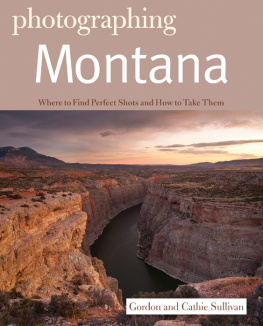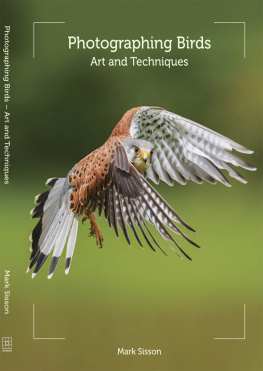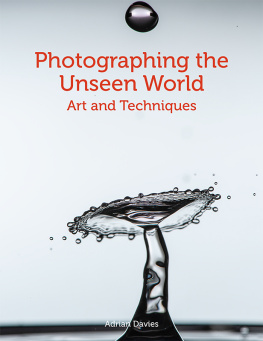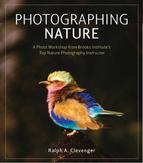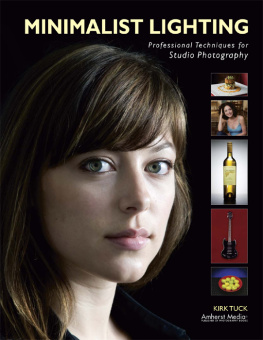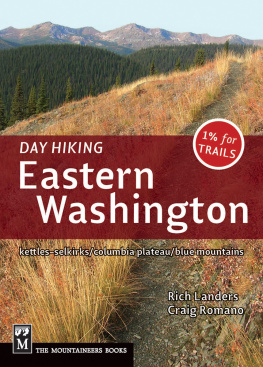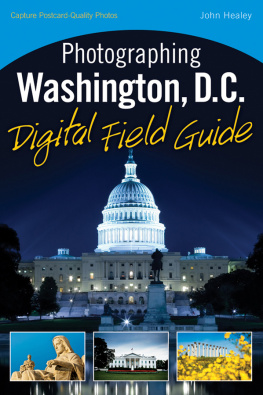Photographing Washingtons vast northeast landscape is the experience of a lifetime, especially when you consider the tremendous natural forces that combined eons ago to create this fractured landscape. Understanding the story will add greatly to your photography.
The entire setting you see before you, the open prairies, huge cliffs, and far-off mountains, actually came about by sheer happenstance. As a matter of fact, the entire landscape came from somewhere else, somewhere farther west.
Eons ago, our present North American continent drifted atop a much larger tectonic plate or megacontinent, which eventually broke apart. Riding on convection created deep inside the earth, each half traveled in different directions, with the ever-enlarging gap between filled by the Pacific Ocean. What is remarkable to us as visitors to todays northeastern Washington is that the west coast we know today was not created by the massive continental separation; the point of separation actually existed much farther east, on the western edge of Idaho and parts of Montana. The point of separation is known by experts as the Old West Coast.
So, what about the western lands we see before us? At one time, all of it, from the mountains to the scablands, existed as islands and terraces far off in Pacific waters. The same tremendous forces that split the old continent eventually forced these islands and terraces eastward, where they rammed the Old West Coast and eventually came to rest, becoming the present state of Washington. So tremendous was the collision between the newly arriving landforms, immense mountains wrinkled heavenward to become the Cascades, Okanogan Highlands, Selkirks, and others. In this remarkable way, the entire state of Washington came about. Serving as a poignant reminder of this great event, some of the names of the arriving landforms remain with us today: the Kootenay Arc, Intermountain Terraces, Shuksan Plate, and Okanogan Highlands.
The next catastrophic event that helped form the northeast landscape came as huge lava flows originating from massive cracks in the earth literally capped what we know today as the Columbia Plateau. The lava flowed as dark basalt and stretched from the Canadian border to deep inside Oregon. As amazing as it seems, experts believe the bedrock cracks through which the massive sheet of lava flowed were caused by an enormous meteorite from millions of miles away colliding with magnanimous force into the earth somewhere in southern Oregon. The impact was so great it fractured miles of deeply buried bedrock, releasing the molten lava. Clearly visible today are massive basalt cliffs and deep-lined valleys, the result of this catastrophic lava flow.
As if these events werent enough, a third, more recent, calamity played a role in creating the landscape, the Glacial Lake Missoula floods. During the last ice age, which probably concluded between 8,000 to 10,000 years ago, a blink of the eye in geologic time, a huge lobe of ice moving in from Canadas Cordilleran Ice Sheet blocked the west-flowing Clark Fork River. The immense ice dam grew in size until it contained a staggering 500 cubic miles of glacial water. The dam finally ruptured, releasing tremendous floods, not once, but repeatedly throughout ice age. Some experts say every 50 to 100 years over this 2,000-year span, the dam broke, each time releasing floods carrying water in excess of all the worlds rivers combined. The torrent raged across eastern Washington, scouring the land to the ancient basalt bedrock we witness today.
Its catastrophic origins left the landscape of the northeast region replete with wonderful photographic opportunity, and we begin our tour through this intriguing part of Washington at one of the states largest cities, Spokane.
Spokane and Tacoma generally compete for the bragging rights to be called Washingtons second-largest city. With a population of approximately 200,000, Spokane has always been nothing less than a busy city with great aspirations, including winning its bid for the 1974 Worlds Fair. By all accounts, it is a town that generally relies on dreams to forge its course; it became a railroad hub in the late 1800s despite being located more than 300 miles from the next major city. Over the years, as Spokane fulfilled its dreams, fortunes were made, and the present character of the town reflects that success.
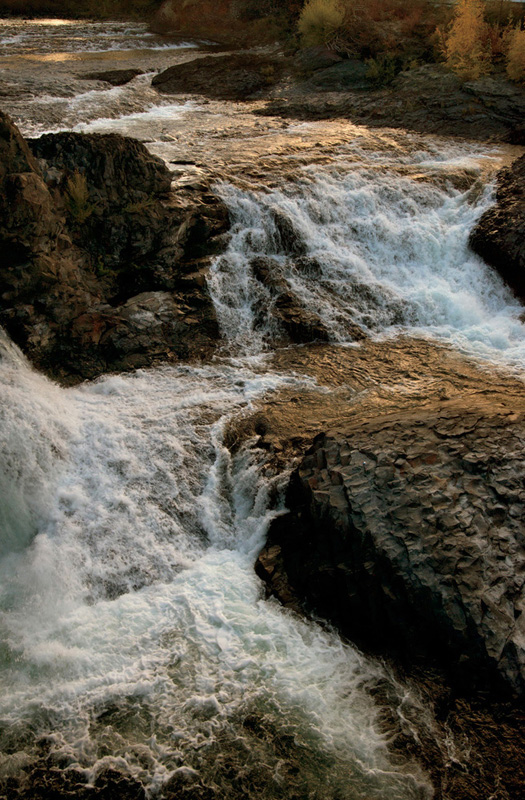
Spokane Falls thunders through Riverside Park.
Two locations we like to visit are .
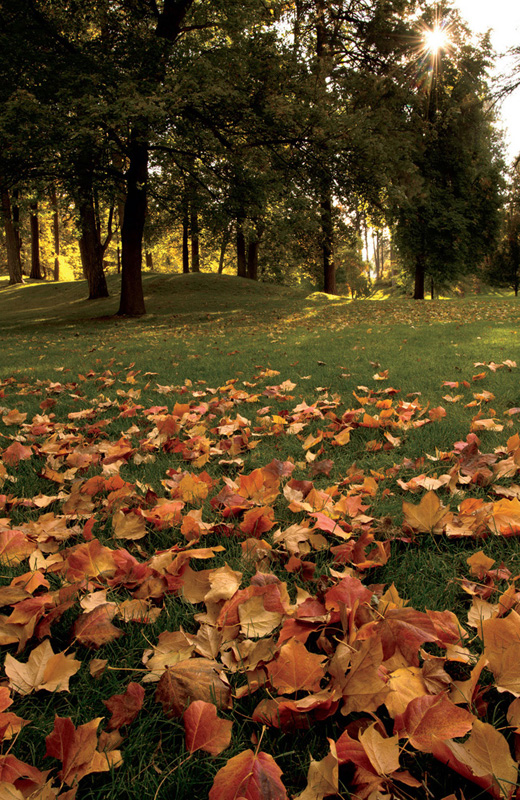
Manito Park is a spectacular site for photography in early autumn and summer.
Located at 17th Avenue and Grand Boulevard, the 90-acre Manito Park includes several impressive gardens, including the Nishinomiya Japanese Garden, a formal rose garden, and a French Renaissance garden, all a pleasure to photograph. The park is open 4 AM11 PM in summer and 5 AM10 PM in winter.
Amazingly, Spokane Falls cascades 90 feet over rugged basalt cliffs virtually in the center of town. This impressive sight is a prime spot for photography as well as a fitting tribute to the magnificent power of nature thriving beside the hustle and bustle of city life.
Manito Park: www.manitopark.org;
Riverfront Park: www.spokaneriverfrontpark.com
This Gothic-style Episcopal cathedral is one of the most prominent sights on Spokanes South Hill, and a rewarding stop on any photographic tour. The cathedrals exterior includes a stately tower and wonderful stained glass windows, but it is inside that the true creative photography begins.
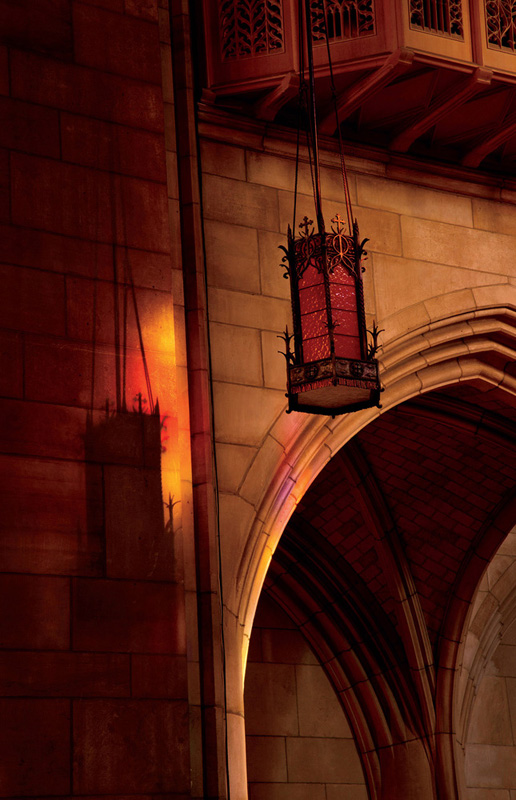
Fixtures inside the cathedral are illuminated by light filtered through stained glass.
The subtle play of light filtering through stained glass creates a host of visual effects on ornate fixtures and alcoves. Ambient light inside the cathedral follows the outside movement of the sun as it crosses overheadexactly the visual effect designers had in mind as the impressive building took form. The task at St. Johns is to first establish white balance without lessening the effect of outside light filtering through stained glass.
The cathedral is located at 127 East 12th Avenue, in Spokane. Tours are offered 123 Mon.Thurs. and Sat. as well as Sun. after services.
Cathedral of St. John the Evangelist: 509-838-4277; www.stjohns-cathedral.org
During the final week of August each year, Native Americans from across the Northwest and points beyond gather alongside the spectacular Spokane River to celebrate traditional dancing, drumming, and Native dialect. If you havent yet photographed a Native gathering, you are in for a treat. The festive colors, craft, and tradition are all sources of inspiration.
A few words of counsel before you get started: Talk to officials and inquire about specific guidelines for photography during the celebration. They are usually very helpful and willing to work with serious photographers.
American Indian Community Center, Spokane: 509-535-0886
Riverfront Park: www.spokaneriverfrontpark.com
Situated on the eastern edge of the channeled scablands, 20 miles southwest of Spokane, Turnbull National Wildlife Refuge features a combination of wetlands, forests, and steppe environments, each providing habitat for an unusual number of wild species. The rugged terrain surrounding the refuge was carved by ice age floods and provides a suitable home for coyote, elk, deer, moose, 27 kinds of ducks, and a long list of smaller birds.
Next page

